How To Invest In The Stock Market As A Beginner
How to invest in the stock market as a beginner
On so many occasions, I get asked “If I was to start investing from absolute scratch, what should I do?” This is often followed by “Should I read the paper to find a good investment, or “throw” a few hundred into something to see how it works, or do a degree?” My answer to all of these: a horrified “NO! Certainly not!”
It’s perfectly understandable that somebody who is wondering how to invest in the stock market as a beginner would think reading the financial papers is a good start, or doing a degree in finance. And I’m glad they ask the question, as I’m able to save them a good deal of heartbreak!
To invest in the stock market as a beginner, there are three things that you need to do in order to build a very solid foundation in investing and then take it from there. To be clear, there is a difference between investing in the market over time (the goal is to gradually build wealth), and trading, which involves the more frequent buying and selling of stock, with a short term focus.
This article is about investing.
Keep your costs low
1. The first thing is to keep your costs very low. You can buy stocks very cheaply today. There are two things you need to take into account: the price of the asset itself (for example, the price of a share), and the transaction costs. Nowadays, you can conduct such a transaction for under €20 (that’s the price of the transaction – to that, you need to add the price of the asset itself).
However, don’t forget that, if you buy a stock, then you will need to sell it in order to turn it into cash. Therefore, you might spend €40 on transaction costs. Sometimes transaction costs are fixed, and sometimes they’re a percentage of the total amount of the transaction.
If you invest €1000 in a stock, then €40 is 4% of your capital gone already. For that reason, I believe that €1000 is the absolute minimum one needs to invest in order to buy a stock. The transaction costs are whatever the stockbroker sets them out to be. If your stock goes up, you don’t want to have the lion’s share of your gains hoovered up by transaction costs.
If you pay a stockbroker €20 in transaction costs to buy a share, or if you pay them €100 to buy the same share, what’s the difference in the share itself? Nothing. Therefore, find the lowest cost broker that offers the best value.
The lowest price and the best value may not be synonymous. Be mindful of very low cost brokers ($1 commission per transaction) as they can charge you in different ways.
For example, they might
- charge you an inactivity fee: if you don’t transact, they could invoke a monthly inactivity fee.
- request that you deposit a minimum amount of money in the account or impose a regular account management fee that isn’t apparent upfront.
- charge you higher FX rates (currency exchange rates) transaction cost
To begin your search, you might like to compare the value proposition of the following three providers as a frame of reference:
So, in summary: when choosing a stockbroker to set up a brokerage account, look out for low costs, be mindful of any inactivity fee (especially because, as a beginner in the stock market, you are unlikely to be active plus you’ll be a medium to long term investor) and minimums. Choose a broker that fits your needs and goals.
How to invest in the stock market as a beginner: what to buy
2. The next thing you need to think about is what you should buy. I suggest that it should be diverse, low cost, liquid and it should minimise decision making . An ETF (Exchange Traded Fund) may have all four of these characteristics and can be bought and sold on a stock exchange.
An Exchange Traded Fund is a fund that can be traded on an exchange, as the name suggests. A fund is a collection of stocks: instead of me having to individually pick stocks and assemble my own collection, I can simply buy a selection that has been put together for my benefit. This collection of funds is sold as such on a special marketplace, the exchange.
This means that I can go to my online trading account and buy (and sell) an ETF there. This has a range of benefits. First, I don’t have to go to a fund provider (i.e. a mutual fund provider or insurance unit linked funds provider) and buy something from their fund range.
This often involves high costs because the funds are actively managed. “Actively managed” means that, for every stock that makes it into the fund, the fund manager has to make a decision about whether to take it on or not. More work for the fund manager means more fees for me. ETFs on the other hand are passively managed, as we’ll see below, and so a lot less costly.
Secondly, ETFs are traded throughout the day on a stock exchange, so I can get a price at any stage. A traditional fund is only priced once a day: I need to wait until the end of the trading day to find out how well the fund performed on that day.
Third, I can liquidate an ETF (that is, get my money back) within a day or two, as opposed to up to three weeks with a fund.
Finally, when I do liquidate my position in an ETF, I know how much it’s worth, as opposed to having to wait the three weeks not just to get my money but also to see how much I got.
As a case study, let’s take a look at the S&P 100 ETF. Using my current platform, it would cost me $15.95 in transaction costs to buy a holding of that stock, whatever the size of that holding. I could log in right now and buy it. I could see what price the ETF is currently trading at. I could see, right now, what the value of my holding is. If the market is open in an hour’s time, I could check to see what the price is one hour from now.
How to invest in the stock market as a beginner with Exchange Traded Funds
I really don’t encourage people, first time investors or even seasoned investors, to pick individual companies, unless they have the tools and/or know-how. Personally, I use the GillenMarkets analysis and the VectorVest technology (both have a subscription service), as well as my own deep understanding of the financial markets (as I’m a CFA charterholder ), to pick individual stocks.
For the most part, people simply want to gain general exposure to the stock market. They often think the only choice is to pick stocks, but ETFs offer a real alternative. A diverse ETF will give you exposure to a large number of companies. If you don’t know what sector, currency or geography you want, then you could pick a diverse ETF that includes a cross-section of sectors AND geographies AND where the companies trade in all of the main currencies right around the world.
Let’s go back to my case study example. The iShares S&P 100 includes the largest 100 companies in the world. Therefore, if you bought that ETF, you would have exposure to 100 companies. Even if one of them falls dramatically, that volatility would be balanced out by the performance of the other 99. If you take a look at the top ten holdings, as per the time of writing, you can see that they’re truly global organisations. My guess is that you would recognise most, if not all, of them as they’re active in most countries.

iShares Global 100 ETF IOO – Top 10 Holding
In addition, it’s very diverse in terms of sectors, as you can see below. The money is spread right across a range of industries.

iShares Global 100ETF IOO – Sectors
Similarly, it has geographic diversification. Given that these companies operate all over the world, by buying an ETF that contains shares of these international companies you also have foreign exchange diversification. Keep in mind, though, that this particular fund trades in dollars: the value of your holding, you might change it to a currency of choice, will be exposed to that volatility. This means that the final amount of money you get back when you sell your holding will be influenced by the current rate of the dollar vs. that other currency.
Please consult with your broker regarding the ETFs available to purchase due to regularity rules. For example, if you’re a European investor there is a upgraded version of the Markets in Financial Instruments Directive (MIFID 11), came into force across Europe on 1st January 2018.
How to invest in the stock market as a beginner with low cost solutions
ETFs are exceptionally low cost for a variety of reasons. The most important one is that the portfolio manager simply tracks an index. An index is a list of stocks that share a characteristic, like market capitalisation (that is, the size of the company on the stock market). For example, the S&P 500 is a list of the largest 500 stocks in the U.S. The FTSE100 is a list of the largest 100 stocks in the UK. The Euro Stoxx 50 is a list of the largest 50 stocks in the Eurozone. With an ETF, the fund manager isn’t making any decisions about what to buy or how much of it to buy. They simply buy the stocks that comprise the index and in the same proportion that they hold in the index. In other words, their only job is to track the index efficiently.
The second reason goes back to the fact that ETFs trade on an exchange. ETFs don’t bear the costs of commissions to sales people, the administration of buying and selling fund holdings, the wages of customer service staff to answer questions relating to the value of holdings, etc. As I mentioned earlier, the fact that people can buy through a stockbroker (very cheaply) and can see the price at any point in the day as well as see the value on their stockbroking account makes this an extremely cheap product.
Exchange traded funds are low cost, diversified – and liquid
When you start investing in the stock market as a beginner, it’s important to understand the concept of liquidity . Many ETFs are liquid. What this means is that it’s fast and easy to sell my ETF. The clue is in the name: an E xchange Traded Fund is listed and traded on an exchange, so it is going to be liquid.
Buying and selling on an exchange is similar to buying from a shop: you can always walk in and get what you want. The opposite of that is, for example, private equity – this can be compared to Dragon’s Den. One person can buy a holding in a company but how do they sell it? To whom? For how much? They would have to find somebody who wants exactly that holding, in that quantity, on that day, and they would have to agree on a valuation. That’s the complete opposite of liquid.
An ETF being liquid, I can sell my holding within seconds, know exactly the amount that I’m redeeming, and the amount will be in my account to withdraw within three days or less.
The big ETFs are very liquid and hence, selling a position isn’t an issue. Some smaller ones don’t have a lot of volume. In the IOO case study, there are 37,814 shares (“Avg. volume”) that trade on an average daily basis, according to Yahoo Finance.

Average daily volume for IOO
However, the key thing to look at is the “bid-ask spread” . The “ask” price is that which you pay to buy a stock. The “bid” price is that which you get when you sell a stock. You want that bid-ask spread to be as tight as possible. In other words, you want a situation where there is a negligible difference between buying and selling.

Bid ask spread for IOO
How to invest in the stock market as a beginner: minimise decision making
As you will see when you start exploring, there are many, many, many individual stocks to choose from. The sheer number is overwhelming. Even if you try to categorise your choice into geography or sector, it is still quite difficult – why choose one part of the world or one sector over another? How on earth are you going to make your choice? You might as well be flipping a coin…
The great thing with an ETF is – you don’t have to make a decision. You can simply choose a very broad index to start with . Such an ETF will be diversified over many geographical markets and many industries. That way, you can take your first steps by buying something that ticks all the boxes: low cost, diverse and liquid.
In the case of the 1OO ETF, I’m simply buying the largest 100 companies in the world. With a small budget of €1000, I could never buy individual shares of each of those 100 companies. Because the ETF pools the resources of many other investors, the ETF can buy those shares, and then simply repackages them to sell to individual investors.
Here are three large ETF providers
There are three large ETF providers: iShares , State Street and Vanguard. If you would like to have a look around, you might start with the very useful screener on iShares (from the iShares homepage , go to “Explore iShares > Products” ). For example, here I can select an equity ETF with global exposure and then I can see a short list of ETFs. Each one of these has a clickable link and I can read more information about the fund. I could just as easily select a fixed income ETF with a focus on Asia Pacific and see what iShares can offer.

Equity ETF with global exposure
A caveat: some ETFs are not for beginners investing in the stock market
There are some ETFs that are dangerous
for individual investors, especially beginners, as they’re designed for traders.
For example, there are short ETFs
(they deliver an inverse daily return), leveraged ETFs (they deliver a multiple of the daily market return) and those with a significant tracking error (the fund doesn’t track the index very efficiently at all).
As a new, beginning investor in the stock market, focus your research on those ETFs that are diverse, low-cost, liquid and broad .
The ETF world moves very, very fast and there are many new developments every week – sometimes every day. At HayesCulleton we give very specialised training in this area , so we know how easy it would be to get overwhelmed by all this information. But as a new investor in the stock market, it’s a good idea to focus your research on, again, those ETFs that are diverse, low-cost, liquid and broad.
Remember: in the stock market, you only make (or lose) money when you sell
3. The third thing you need to think about here is when to sell. Remember, you don’t make any gains or losses in the stock market until you sell. It’s just like selling a house in this respect: your house might theoretically be worth a certain amount, but that money isn’t in your account until you sell the house.
My rule for selling is very simple: sell when the reason you bought it in the first place is no longer there. At regular intervals, the portfolio manager examines the list of stocks and compares it against the index. If a company falls out of the index, then it’s sold out of the fund.
There are two main reasons why you might sell this ETF. One is if you wanted or needed the money. The second is if you felt the world stock market was going into a major downturn. In both of those cases, you’re selling because the reason you bought is no longer there. In the first case, you wanted to invest and now you don’t. In the second, you wanted to gain stock market exposure and now you don’t.
How would you know a major downturn is coming? Sometimes finance news can seem like a rollercoaster and a lay reader can feel like the sky is about to fall in any minute… So how can you tell a major downturn from a passing scare? That’s when a subscription to a service from a reliable/independent stock market information provider, like VectorVest and GillenMarkets , can make a world of difference. Independence is KEY , their business relies on the quality of their stock, fund picks and timing indicators.
And if the reason you bought was “to test the waters as a beginner”, once you feel more confident you will be able to make a better informed choice about keeping or selling your ETF holding. Once again, I would highly recommend subscribing to a reliable information provider in order to increase your understanding of the stock market.
So, how to invest in the stock market as a beginner? To recap: to get exposure to the stock market as a beginner investor, you can
- Open an online brokerage account, one that is good value and doesn’t have hidden fees
- Choose an ETF, because ETFs are liquid, diverse and low-cost, and they minimise decision making
- Start investing with a minimum of €1000
- And sell when the reason you bought is no longer there.
Positive Economist







